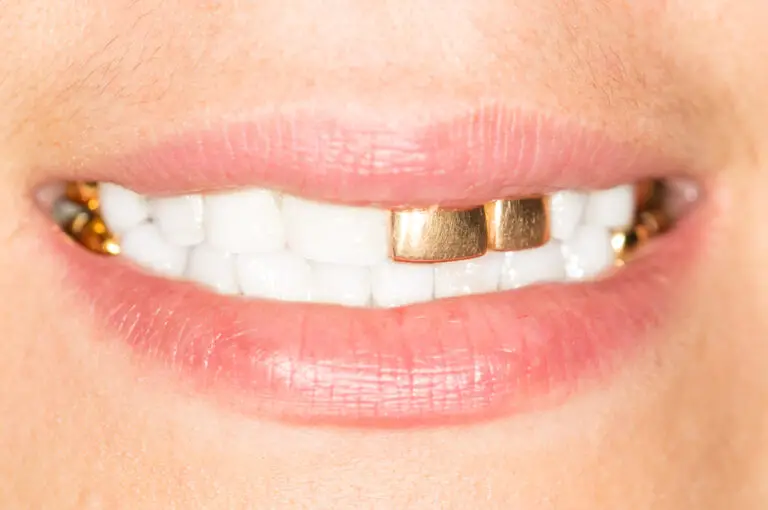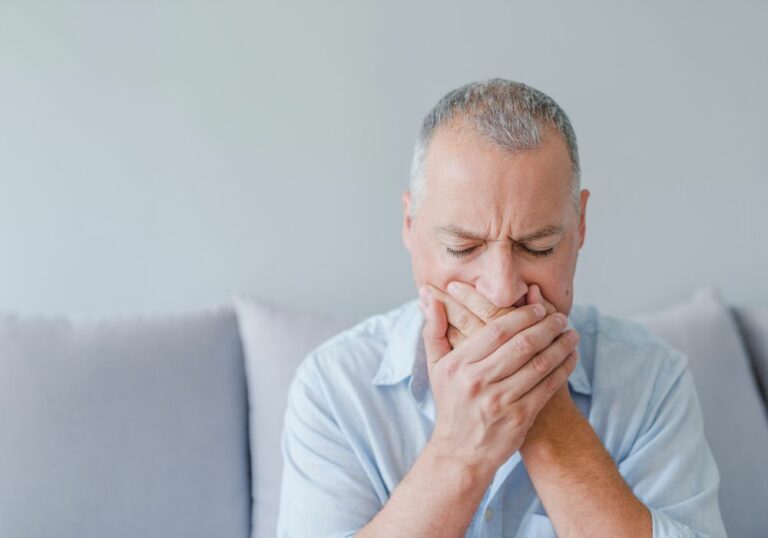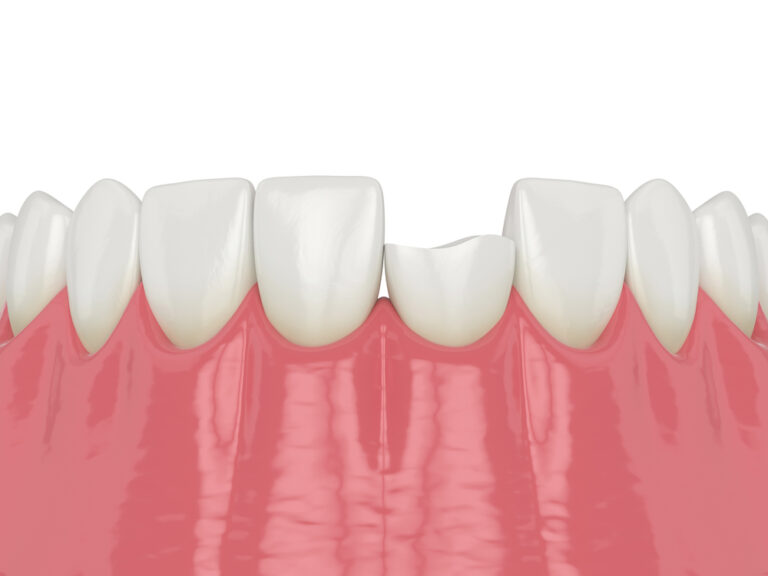Removing a tooth can be an uncomfortable experience, but sometimes it’s necessary. If you’re unable to visit a dentist or prefer to remove the tooth at home, there are a few methods you can try. While it’s important to note that removing a tooth at home can be risky and may cause further damage, there are steps you can take to minimize pain and discomfort.
One method to remove a tooth at home is to wiggle it back and forth with clean hands or your tongue. This can help loosen the tooth and make it easier to remove. Brushing and flossing vigorously can also help remove a loose tooth without pain. However, it’s important to be gentle and avoid pulling out the tooth before it’s ready, as this can be painful and damage your gums.
Another method is to eat crunchy foods like apples, carrots, and celery to help loosen the tooth. Chewing on something hard and crunchy can help the tooth come out faster. However, it’s important to note that this method may not work for all teeth and could cause further damage if not done properly. If you’re unsure about removing a tooth at home, it’s best to consult a dentist for professional advice.
Understanding Tooth Anatomy
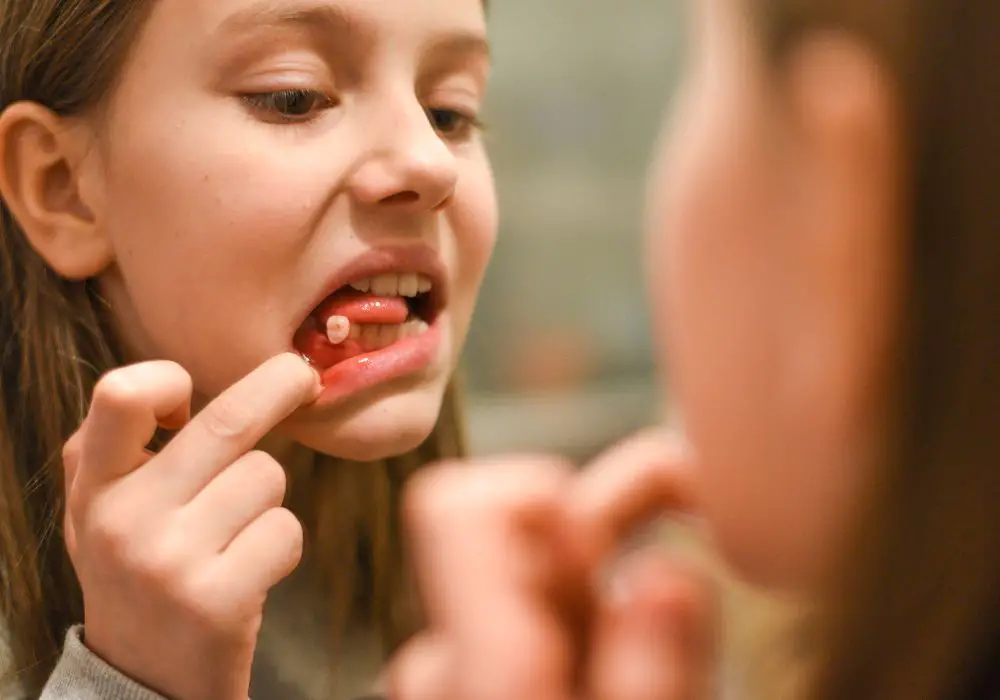
Before attempting to remove a tooth at home, it’s important to understand the anatomy of a tooth. A tooth consists of several layers, including:
- Enamel: This is the hard, outermost layer of the tooth. It’s the part of the tooth that you can see when you look in the mirror.
- Dentin: This is the layer of the tooth just beneath the enamel. It’s softer than enamel and contains tiny tubules that lead to the nerve of the tooth.
- Pulp: This is the innermost layer of the tooth. It contains blood vessels, nerves, and connective tissue.
- Root: This is the part of the tooth that’s embedded in the jawbone. It’s covered by a layer of cementum, which helps to anchor the tooth in place.
Now that you have a basic understanding of tooth anatomy, it’s important to note that removing a tooth at home can be dangerous and should only be attempted in extreme cases. If you’re experiencing tooth pain or discomfort, it’s best to seek professional dental care.
Why Professional Dental Care Is Preferred
When it comes to tooth removal, it’s always best to seek professional dental care. Although it may be tempting to try to remove a tooth at home, doing so can be dangerous and cause more harm than good.
Professional dental care offers several advantages over attempting to remove a tooth at home. Here are a few reasons why professional dental care is preferred:
Safety
Professional dental care is the safest option when it comes to tooth removal. Dentists are trained to perform extractions safely and effectively, minimizing the risk of complications. Attempting to remove a tooth at home can lead to serious injury or infection.
Pain Management
Dentists have access to a variety of pain management options that can make the extraction process more comfortable for you. Local anesthesia is typically used to numb the area around the tooth, and sedation options are available for patients who experience anxiety or fear during dental procedures.
Proper Tools and Techniques
Dentists have access to specialized tools and techniques that allow them to remove teeth safely and efficiently. Attempting to remove a tooth at home with improper tools or techniques can cause damage to surrounding teeth and tissues.
Post-Extraction Care
After a tooth is removed, proper post-extraction care is crucial to prevent infection and promote healing. Dentists can provide you with detailed instructions on how to care for the extraction site and what to expect during the healing process.
In summary, professional dental care is the safest and most effective option when it comes to tooth removal. Don’t risk your oral health by attempting to remove a tooth at home. Instead, schedule an appointment with your dentist to discuss your options and ensure a safe and successful extraction.
Risks of Home Tooth Removal
Removing a tooth at home is not recommended and can lead to several risks and complications. Here are some of the risks associated with home tooth removal:
Infection
One of the biggest risks of home tooth removal is infection. It is essential to maintain a sterile environment when removing a tooth, and if you do not have the right tools or knowledge, you could introduce harmful bacteria into the wound, leading to a severe infection.
Damage to Surrounding Teeth and Gums
When removing a tooth at home, you run the risk of damaging the surrounding teeth and gums. Pulling a tooth can cause the surrounding teeth to shift, leading to misalignment and other dental problems. Additionally, pulling a tooth can cause damage to the gums, leading to bleeding and pain.
Pain and Discomfort
Removing a tooth at home can be a painful and uncomfortable experience. Without the proper anesthesia or pain management techniques, you may experience significant pain during the procedure and in the days following the tooth removal.
Incomplete Tooth Removal
In some cases, attempting to remove a tooth at home can result in an incomplete tooth removal. If the entire tooth is not removed, it can lead to further complications, including infection and pain.
Nerve Damage
Attempting to remove a tooth at home can result in nerve damage. The nerves in your mouth are delicate and can be easily damaged, leading to numbness, tingling, or other nerve-related issues.
In conclusion, removing a tooth at home is not recommended and can lead to several risks and complications. It is always best to seek professional dental care to ensure a safe and effective tooth removal procedure.
Pain Management Strategies
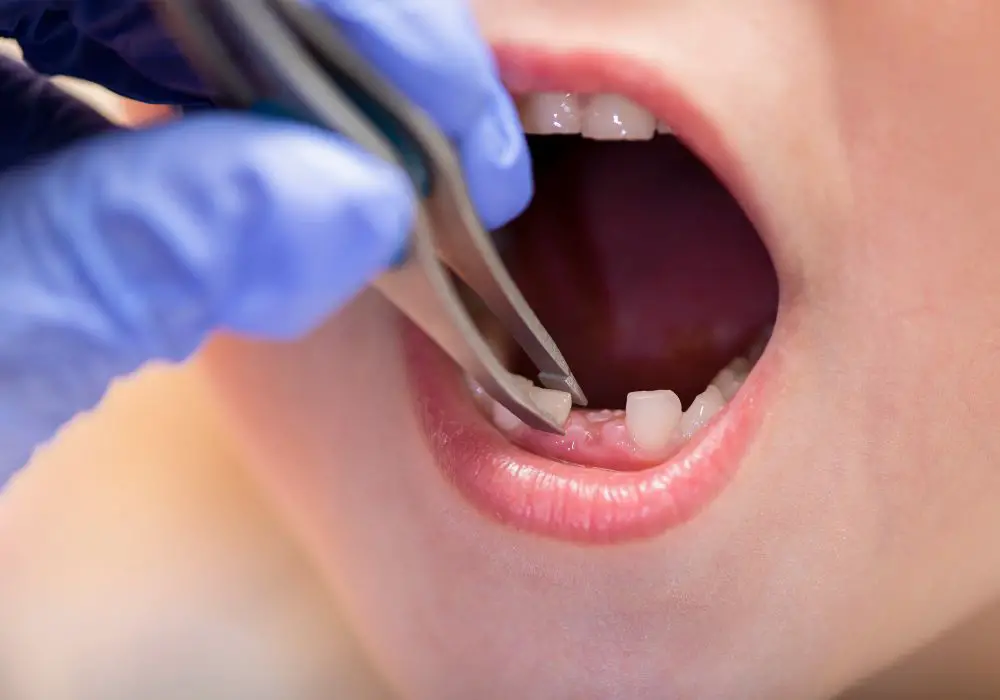
If you are planning to remove a tooth at home, it is important to have a plan for managing pain. Here are some pain management strategies that you can use to minimize discomfort during and after the tooth removal procedure.
Over-the-Counter Pain Relievers
Over-the-counter pain relievers such as ibuprofen or acetaminophen can help reduce pain and inflammation. These medications are available in tablet, liquid, or gel form. Follow the instructions on the label carefully and do not exceed the recommended dose.
Home Remedies
In addition to over-the-counter pain relievers, there are several home remedies that you can use to manage pain after tooth removal. Here are some of the most effective home remedies:
- Ice packs: Applying an ice pack to the affected area can help reduce swelling and numb the area, which can help reduce pain.
- Saltwater rinse: Rinsing your mouth with warm saltwater can help reduce pain and inflammation. Mix a teaspoon of salt in a glass of warm water and rinse your mouth for 30 seconds before spitting it out.
- Clove oil: Applying clove oil to the affected area can help numb the area and reduce pain. Dip a cotton ball in clove oil and place it on the affected area for a few minutes.
- Tea bags: Placing a damp tea bag on the affected area can help reduce pain and swelling. Tea contains tannic acid, which has natural astringent properties that can help reduce inflammation.
Remember, these home remedies are not a substitute for professional dental care. If you experience severe pain or complications, seek medical attention immediately.
Steps to Remove a Tooth at Home
If you’re considering removing a tooth at home, it’s important to understand the risks involved and take proper precautions. Here are the steps you should follow:
Preparation
Before attempting to remove a tooth at home, make sure you have the following items:
- Clean gauze
- Tweezers or pliers
- Ice pack
- Saltwater rinse
- Pain relievers
It’s also important to wash your hands thoroughly and sterilize your tools by boiling them in water for at least five minutes.
The Removal Process
- Numb the area: Apply an ice pack to the area for a few minutes to numb it. You can also use a topical anesthetic like benzocaine.
- Loosen the tooth: Use your fingers or a clean piece of gauze to gently wiggle the tooth back and forth. Avoid using too much force, as this can cause damage to the surrounding teeth and gums.
- Use tweezers or pliers: Once the tooth is loose enough, use sterilized tweezers or pliers to grasp the tooth firmly and give it a gentle tug. If the tooth doesn’t come out easily, stop and try again later.
- Rinse and apply pressure: Once the tooth is removed, rinse your mouth with saltwater to help prevent infection. Then, apply a piece of clean gauze to the area and bite down gently to help stop any bleeding.
- Manage pain and swelling: Take pain relievers as needed and apply an ice pack to the area to help reduce swelling.
Remember, removing a tooth at home is not recommended and can be dangerous. It’s important to consult with a dentist before attempting any kind of dental procedure.
Post Removal Care
After removing a tooth at home, it is essential to take proper care of the extraction site to ensure a smooth and speedy recovery. Here are a few things you can do to manage bleeding and maintain oral hygiene.
Managing Bleeding
Bleeding is a common occurrence after tooth removal. To control bleeding, gently bite down on a piece of gauze for 30-45 minutes. Change the gauze every 20-30 minutes or as needed. If bleeding persists, try biting down on a moist tea bag for 30-45 minutes. Tea contains tannic acid, which can help constrict blood vessels and reduce bleeding.
Avoid rinsing your mouth vigorously or spitting, as this can dislodge the blood clot and prolong bleeding. Instead, try to rest and avoid physical activity for the next 24 hours. If bleeding persists beyond 24 hours, contact a dental professional immediately.
Oral Hygiene
Maintaining good oral hygiene is crucial after removing a tooth at home. However, it is essential to avoid brushing or rinsing the extraction site for the first 24 hours. After 24 hours, you can gently rinse your mouth with warm salt water (1/2 teaspoon of salt in 8 ounces of water) to help reduce swelling and prevent infection.
Avoid smoking or using tobacco products, as they can delay the healing process and increase the risk of infection. Also, avoid consuming hot, spicy, or crunchy foods for the first few days after tooth removal.
After the first 24 hours, you can resume brushing your teeth gently, but avoid the extraction site. Be sure to use a soft-bristled toothbrush and brush your teeth at least twice a day. You can resume flossing after a week, but be gentle around the extraction site.
In conclusion, taking proper care of the extraction site is crucial after removing a tooth at home. By managing bleeding and maintaining good oral hygiene, you can ensure a smooth and speedy recovery. If you experience any complications or have concerns, contact a dental professional immediately.
When to Seek Immediate Medical Attention
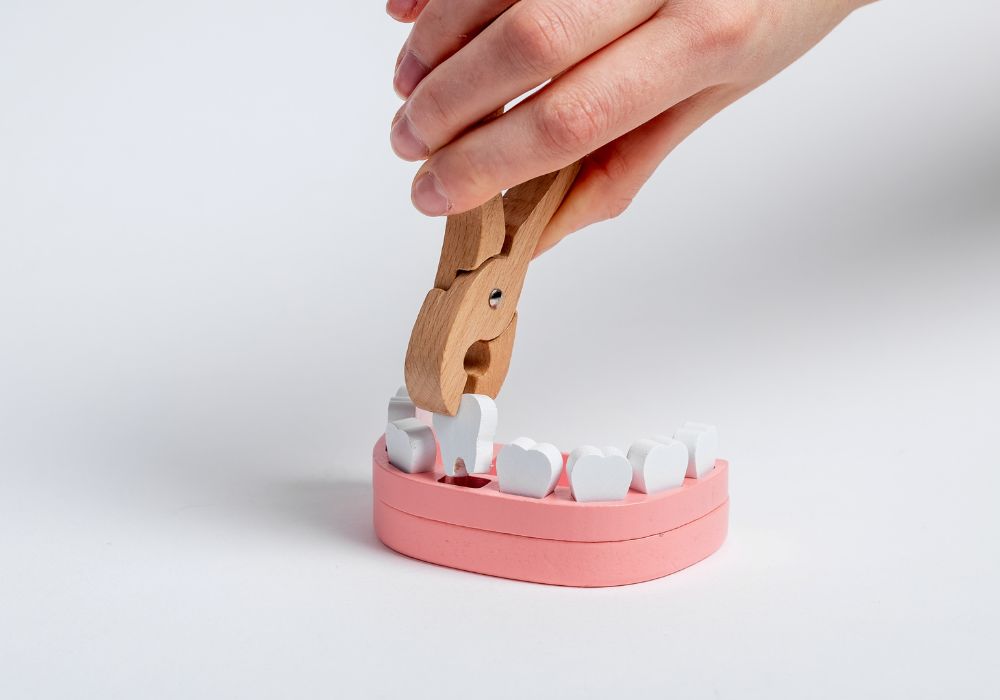
In some cases, it may be necessary to seek immediate medical attention for a tooth extraction. Here are some situations where you should seek emergency dental care:
- Excessive bleeding: If you experience excessive bleeding that doesn’t stop after applying pressure for 20-30 minutes, seek immediate medical attention.
- Signs of infection: If you notice signs of infection such as fever, pus, or swelling that doesn’t go away with medication, seek emergency dental care.
- Difficulty breathing or swallowing: If you experience difficulty breathing or swallowing after a tooth extraction, seek immediate medical attention.
- Severe pain: If you experience severe pain that doesn’t go away with medication, seek emergency dental care.
- Damage to surrounding teeth or structures: If the tooth extraction causes damage to surrounding teeth or structures, seek immediate medical attention.
Remember, it’s always better to err on the side of caution and seek medical attention if you’re unsure about the severity of your symptoms. Delaying treatment can lead to serious complications and may even be life-threatening in some cases.
Frequently Asked Questions
What are some safe methods for removing a loose tooth at home?
If your tooth is already loose, you can try wiggling it gently back and forth until it comes out. You can also try biting into an apple or another hard fruit to loosen the tooth. However, it is important to never force a tooth out if it is not ready to come out, as this can cause damage to the surrounding teeth and gums.
Are there any natural remedies for easing the pain of a loose tooth?
You can try rinsing your mouth with warm salt water to help reduce inflammation and ease pain. Applying a cold compress to the outside of your cheek can also help to numb the area and reduce discomfort.
What should I do if my tooth is hanging by a thread but won’t come out?
If your tooth is hanging by a thread but won’t come out, it is best to leave it alone and let it fall out on its own. You can try gently wiggling it back and forth to encourage it to come out, but do not force it. If the tooth is causing you pain or discomfort, you should see a dentist.
Can I remove my own tooth without causing damage?
It is not recommended to remove your own tooth at home, as this can cause damage to the surrounding teeth and gums. Tooth extraction should only be performed by a trained dental professional.
Is it possible to perform an emergency tooth extraction at home?
No, emergency tooth extraction should only be performed by a trained dental professional in a sterile environment. Attempting to extract a tooth at home can cause serious damage and infection.
What are some tips for getting a loose tooth out quickly?
If your tooth is already loose, you can try wiggling it gently back and forth or biting into a hard fruit to help it come out more quickly. However, it is important to never force a tooth out if it is not ready to come out. If you are experiencing pain or discomfort, you should see a dentist.



